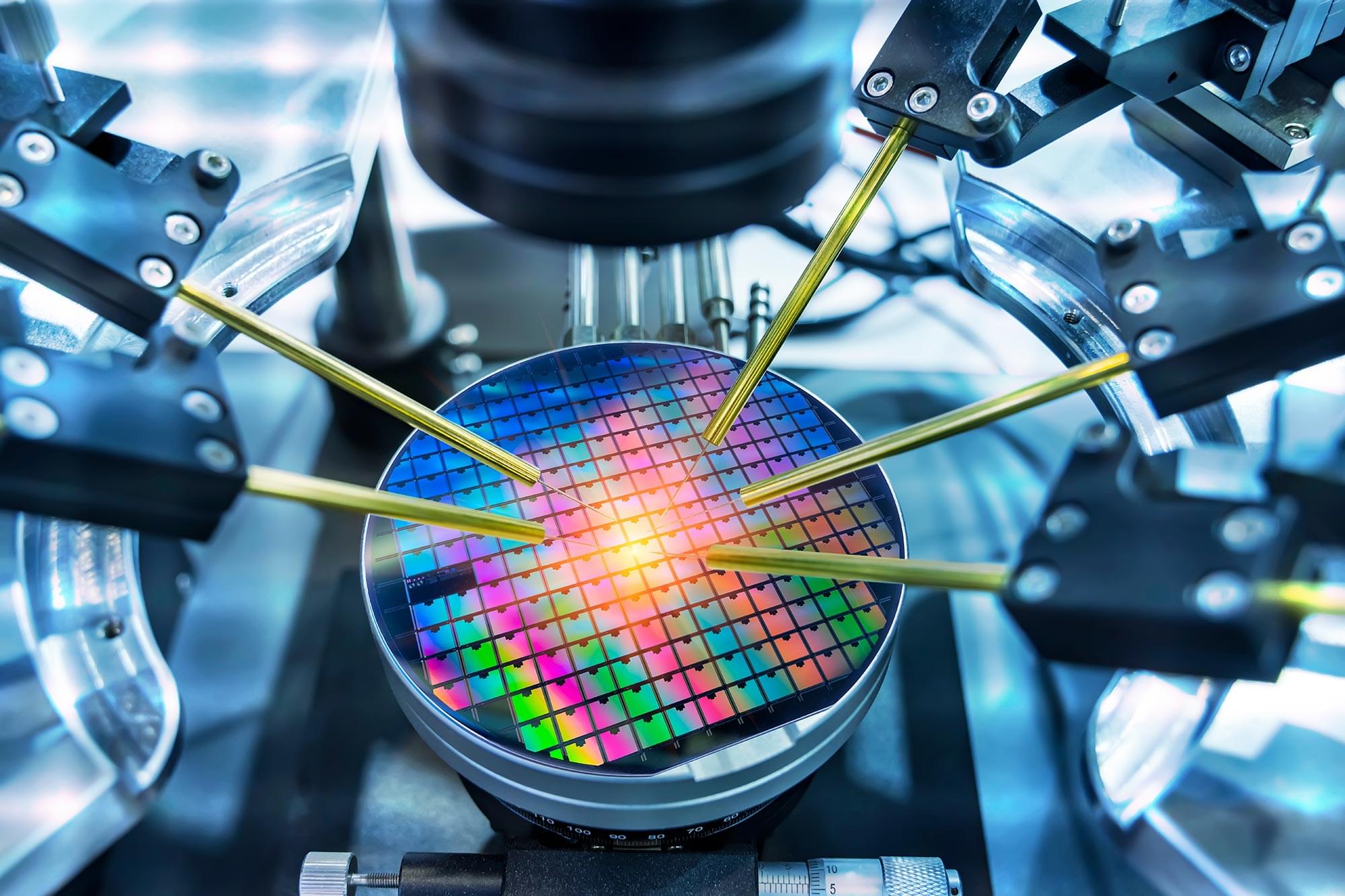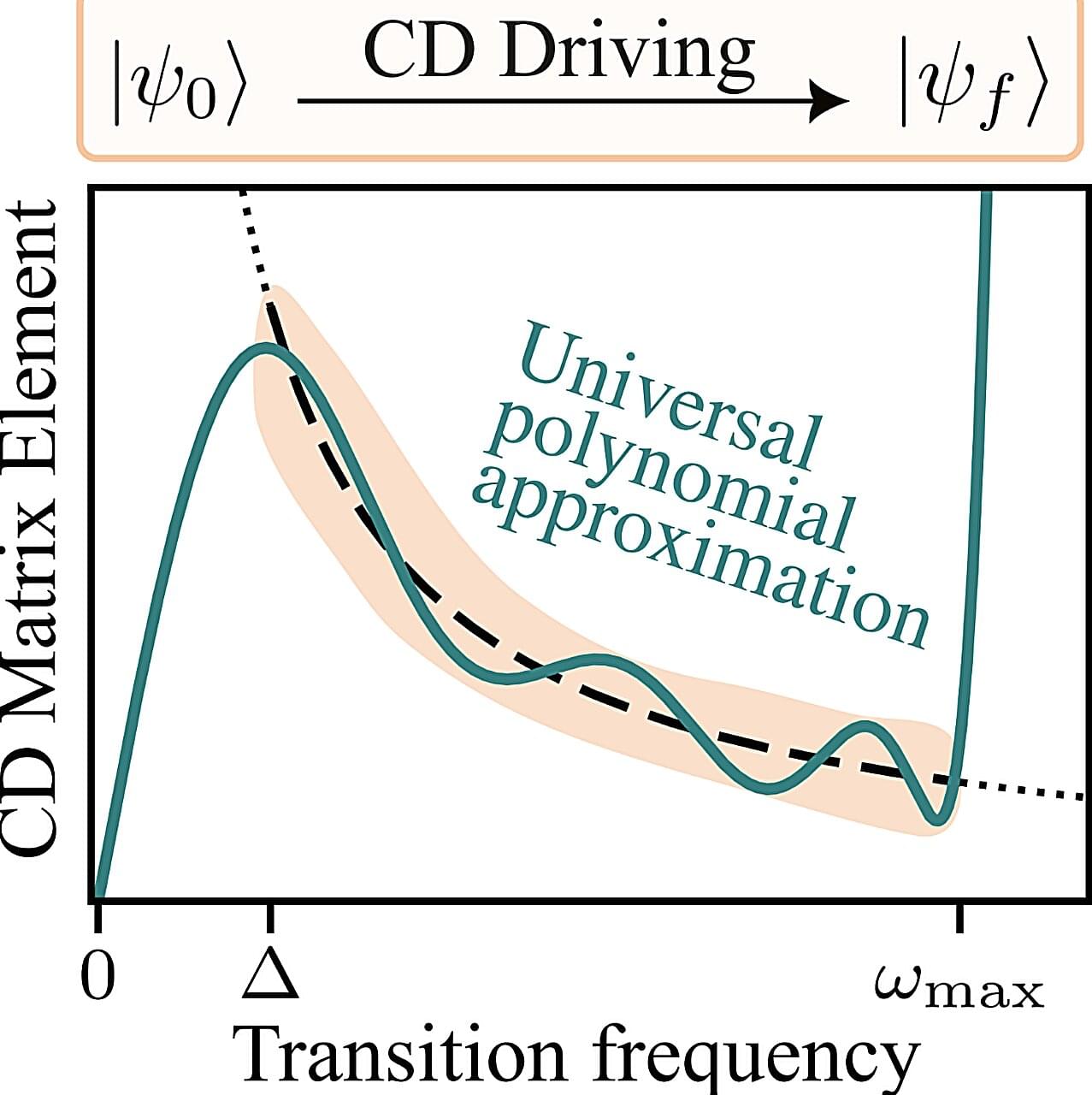Researchers uncovered 5GB of leaked credentials from JSONFormatter and CodeBeautify, exposing sensitive data across critical sectors.



Despite continuous efforts to evaluate and predict changes in Earth’s climate, most models still struggle to accurately simulate extreme precipitation events. Models like the Coupled Model Intercomparison Project Phases 5 and 6 (CMIP5 and CMIP6) use fairly coarse resolution due to computing constraints, making it a little easier, faster and less expensive to run simulations, while still providing some degree of accuracy.
However, a new study, published in Nature Geoscience, is shedding light on some of the features missed by these coarser resolution models.
The team involved in the study developed a higher resolution model that breaks up the atmosphere into 10–25 km (6–15.5 mile) squares for analysis, instead of 100 km (62 mile) squares. Their high-resolution model is based on the Community Earth System Model v.1.3 (CESM-HR), which looks at the time period between 1920–2100. These results are then compared with the low-resolution version’s (CESM-LR) results.

A novel magnetic material with an extraordinary electronic structure might allow for the production of smaller and more efficient computer chips in the future: the p-wave magnet. Researchers from Karlsruhe Institute of Technology (KIT) were involved in its development.
The magnetic behavior in the interior of this material results from the way the electron spins arrange themselves—in the shape of a helix. Therefore, the electric current flowing through is deflected laterally. The results are published in Nature.
Magnetism, as we experience it every day, makes us usually think of materials such as iron, nickel, or cobalt that generate permanent magnetic fields or are attracted by magnetic forces. In these ferromagnetic materials, the spins, i.e. the moments of all electrons, move in the same direction.


Microsoft has warned IT administrators to prepare for the removal of Windows Internet Name Service (WINS) from Windows Server releases starting in November 2034.
The legacy WINS computer name registration and resolution service has been deprecated with the release of Windows Server 2022 in August 2021, when Microsoft stopped active development and working on new features.
Windows Server 2025 will be the final Long-Term Servicing Channel release to come with WINS support, with the feature to be removed from future releases.
Win a meteorite💥! Join my email list: http://briankeating.com/yt.
What is time? Is it just a ticking clock, or is it something more profound?
In this thought-provoking episode of Into the Impossible, Stephen Wolfram challenges everything we know about time, offering a revolutionary computational perspective that could forever change how we understand the universe.
Stephen Wolfram is a computer scientist, physicist, and businessman. He is the founder and CEO of Wolfram Research and the creator of Mathematica, Wolfram Alpha, and Wolfram Language. Over the course of 4 decades, he has pioneered the development & application of computational thinking. He has been responsible for many discoveries, inventions & innovations in science, technology, and business.
He argues that time is the inevitable progress of computation in the universe, where simple rules can lead to complex behaviors. This concept, termed computational irreducibility, implies that time has a rigid structure and that our perception of it is limited by our computational capabilities. Wolfram also explores the relationship between time, space, and gravity, suggesting that dark matter might be a feature of the structure of space.
Tune in to discover the true nature of time.

The Milky Way contains more than 100 billion stars, each following its own evolutionary path through birth, life, and sometimes violent death.
For decades, astrophysicists have dreamed of creating a complete simulation of our galaxy, a digital twin that could test theories about how galaxies form and evolve. That dream has always crashed against an impossible computational wall.
Until now.

Photonic quantum processors, devices that can process information leveraging quantum mechanical effects and particles of light (photons), have shown promise for numerous applications, ranging from computations and communications to the simulation of complex quantum systems.
To be deployed in real-world settings, however, these photonic chips should reliably integrate many deterministic and indistinguishable single-photon sources on a single chip.
So far, achieving this has proved highly challenging. Most such photonic quantum chips developed so far utilize solid-state single-photon emitters that are limited by so-called spectral diffusion (i.e., the random “wandering” of their emission frequency).

Quantum ground states are the states at which quantum systems have the minimum possible energy. Quantum computers are increasingly being used to analyze the ground states of interesting systems, which could in turn inform the design of new materials, chemical compounds, pharmaceutical drugs and other valuable goods.
The reliable preparation of quantum ground states has been a long-standing goal within the physics research community. One quantum computing method to prepare ground states and other desired states is known as adiabatic state preparation.
This is a process that starts from an initial Hamiltonian, a mathematical operator that encodes a system’s total energy and for which the ground state is known, gradually changing it to reach a final Hamiltonian, which encodes the final ground state.
This is a ~1 hour 12 minute talk titled “Computational Symbiogenesis” by Blaise Agüera y Arcas (https://research.google/people/106776/?&type=google), given for our symposium on the Platonic Space (https://thoughtforms.life/symposium-on-the-platonic-space/).